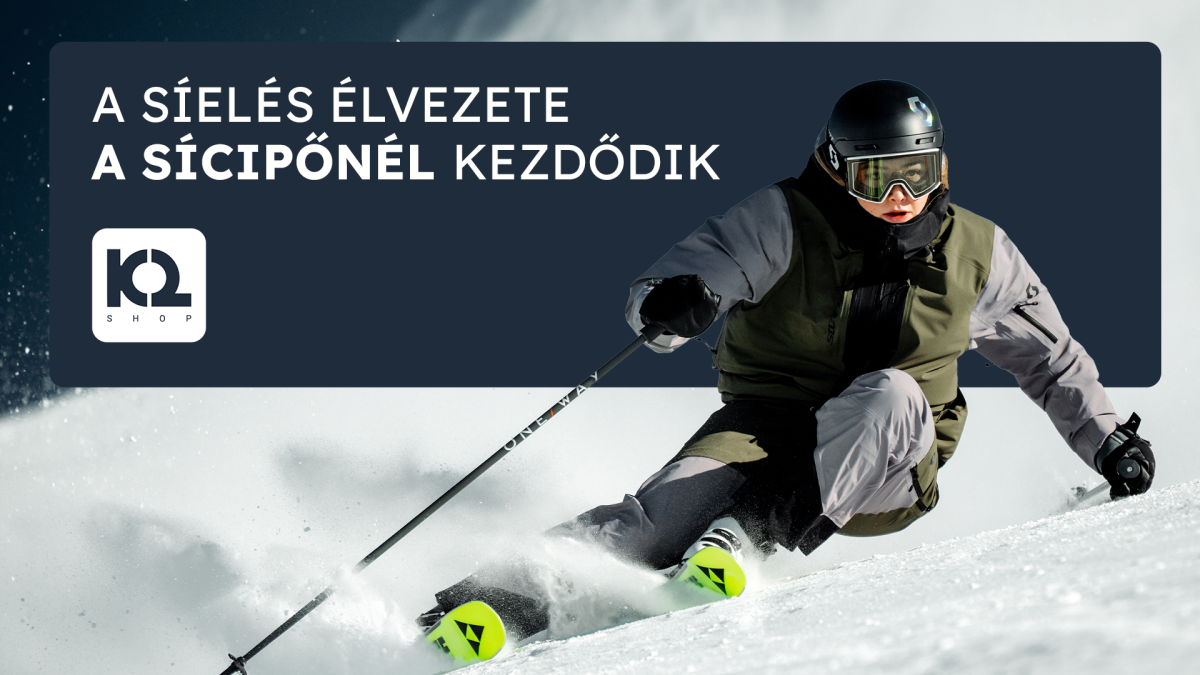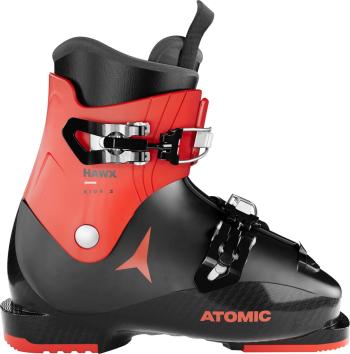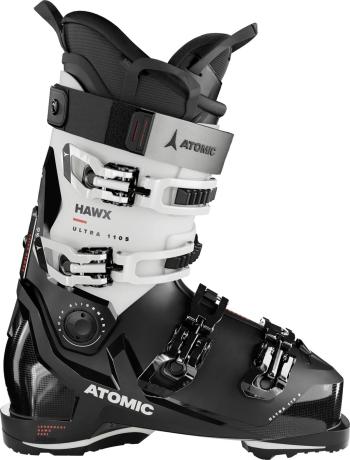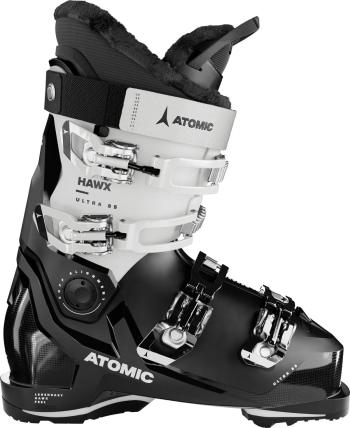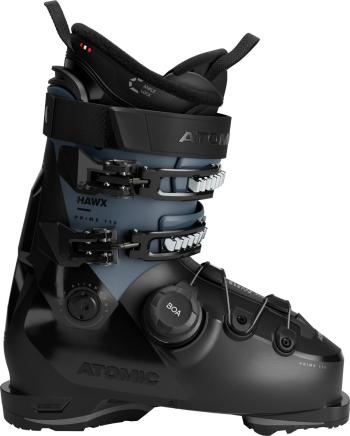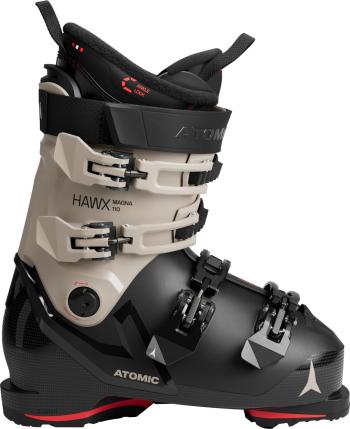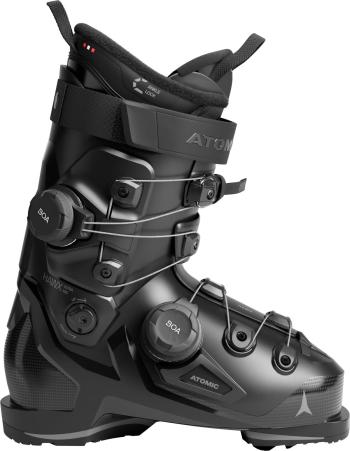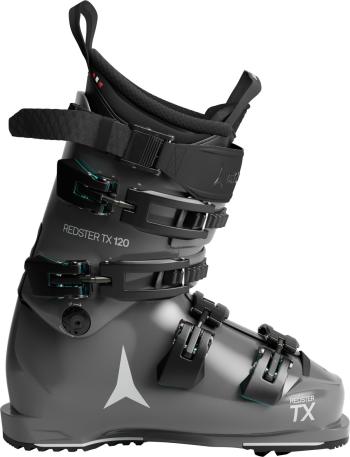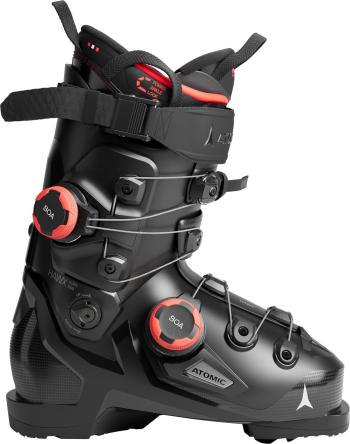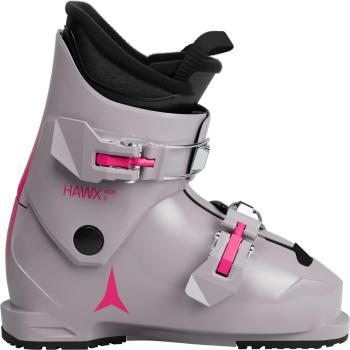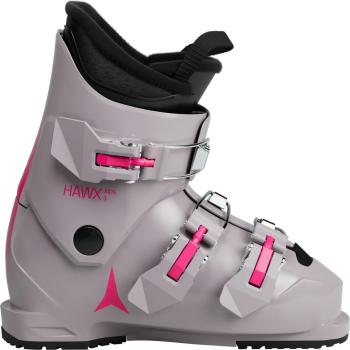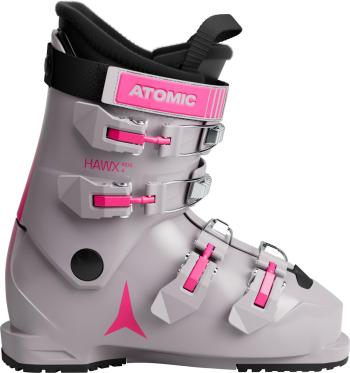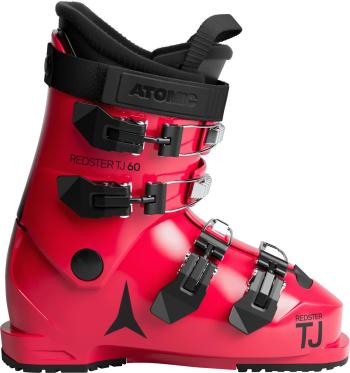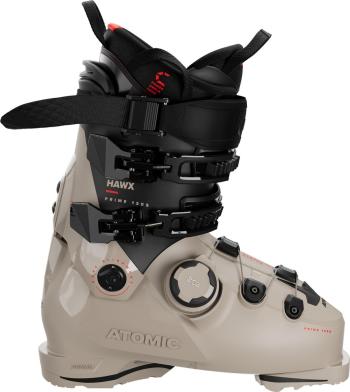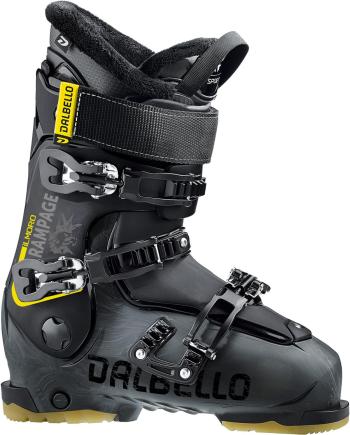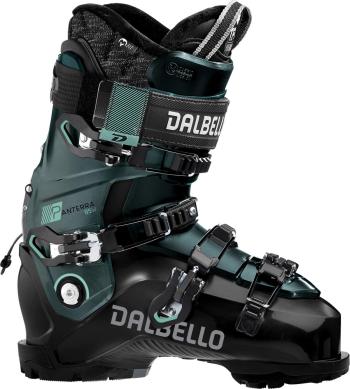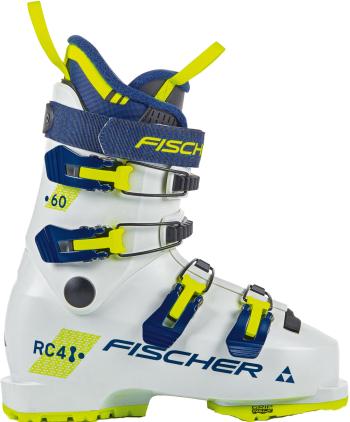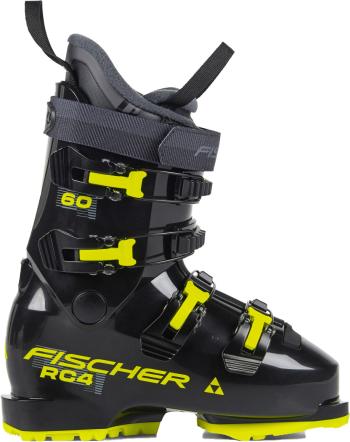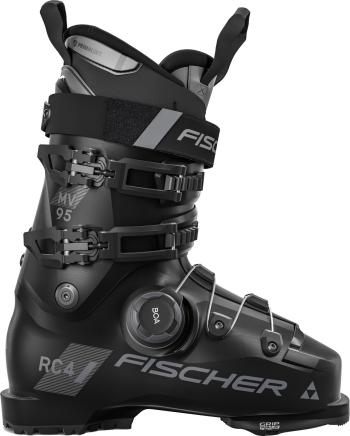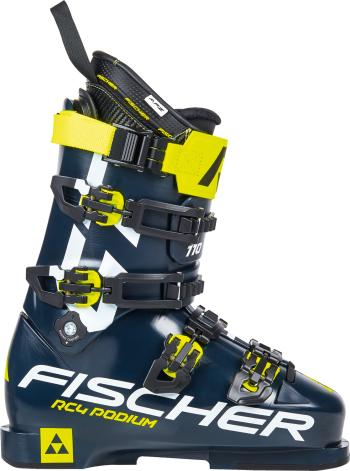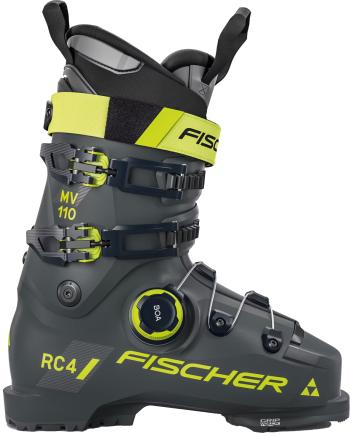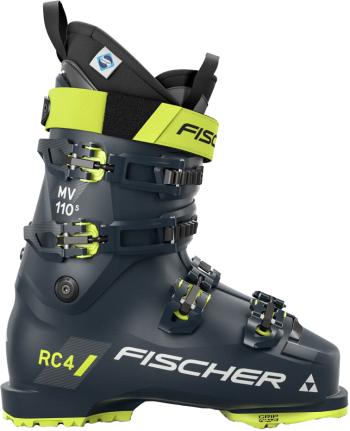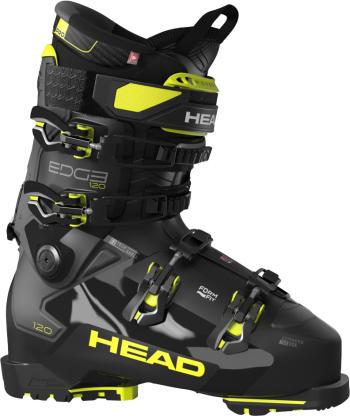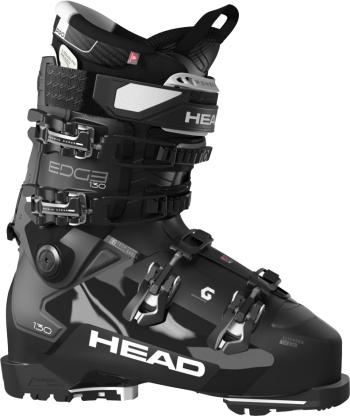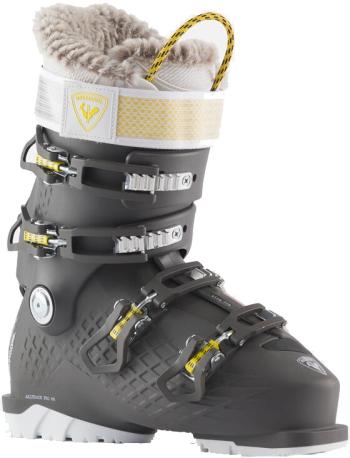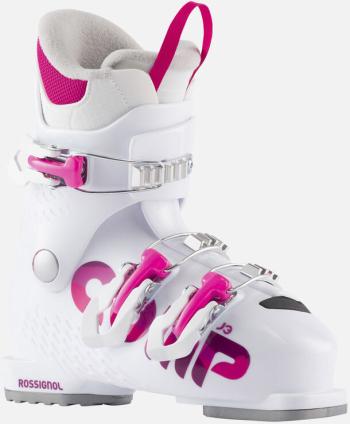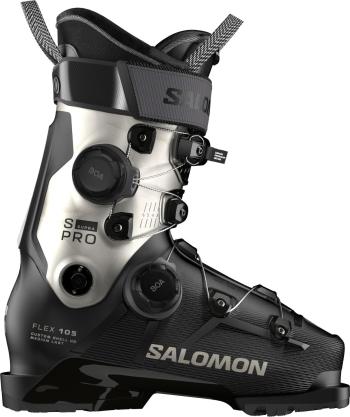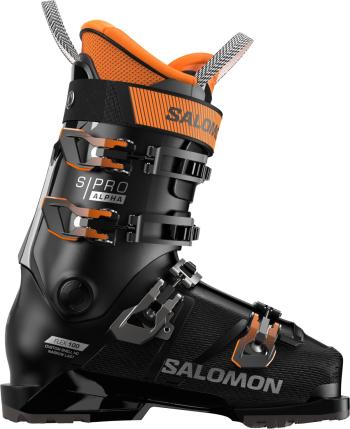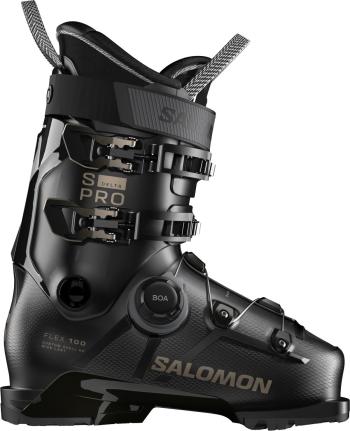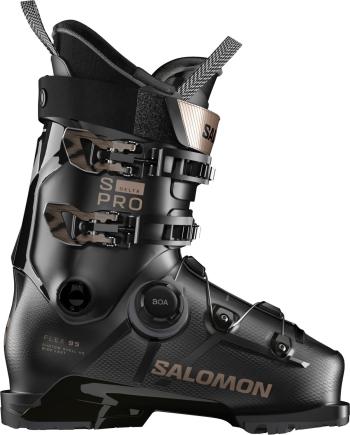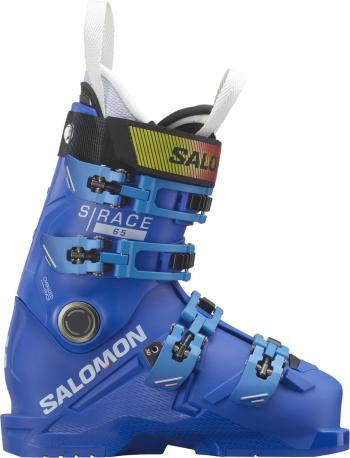This probably isn’t news to anyone, but when it comes to the actual selection process, plenty of misconceptions circulate. With this article, we aim to offer the most professional guidance we can.
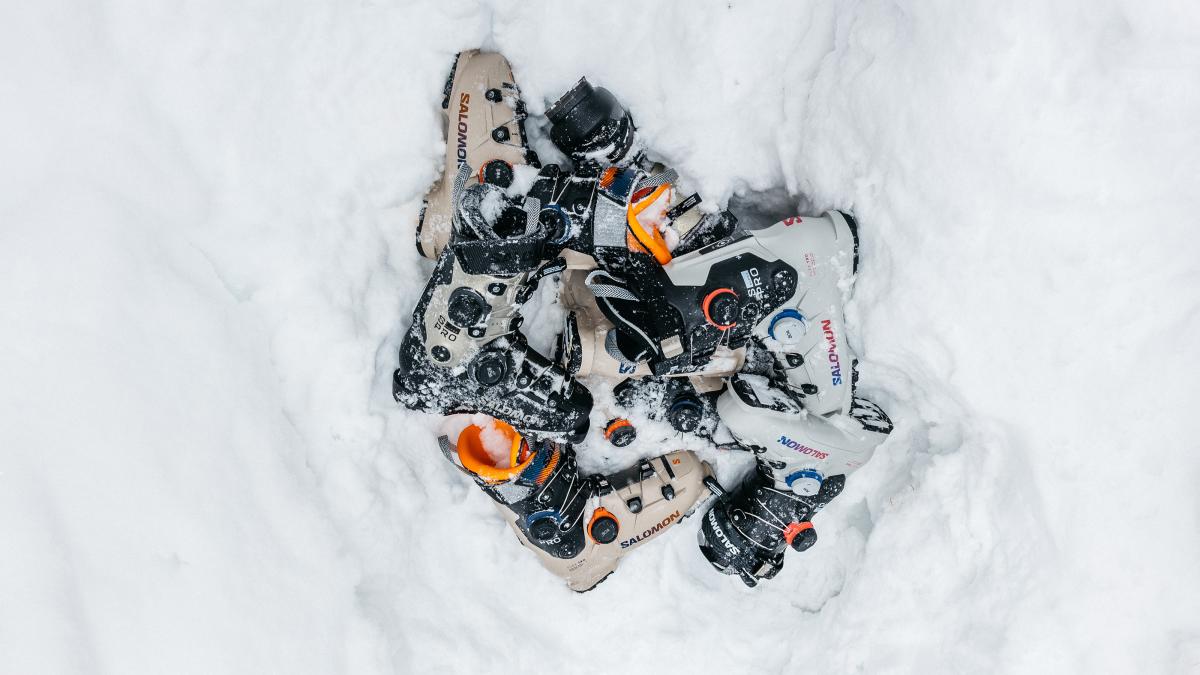
Our goal is not to walk you through a “how to choose ski boots” step-by-step guide, because it’s simply impossible to make the right choice based on written descriptions, videos, or any other kind of remote aid. Experienced skiers figure out what they roughly need over many years, but even they benefit from an external perspective—someone who can see things they may not notice about themselves. Of course, no expert is infallible, but decades of experience and thousands of boots tried on countless feet make it very likely that they can determine what you need. In essence: the boot should hold your foot firmly, wrap around it without creating pressure points. Your toes should be free to move, and your heel should stay in place yet be able to move as needed during sports activity.
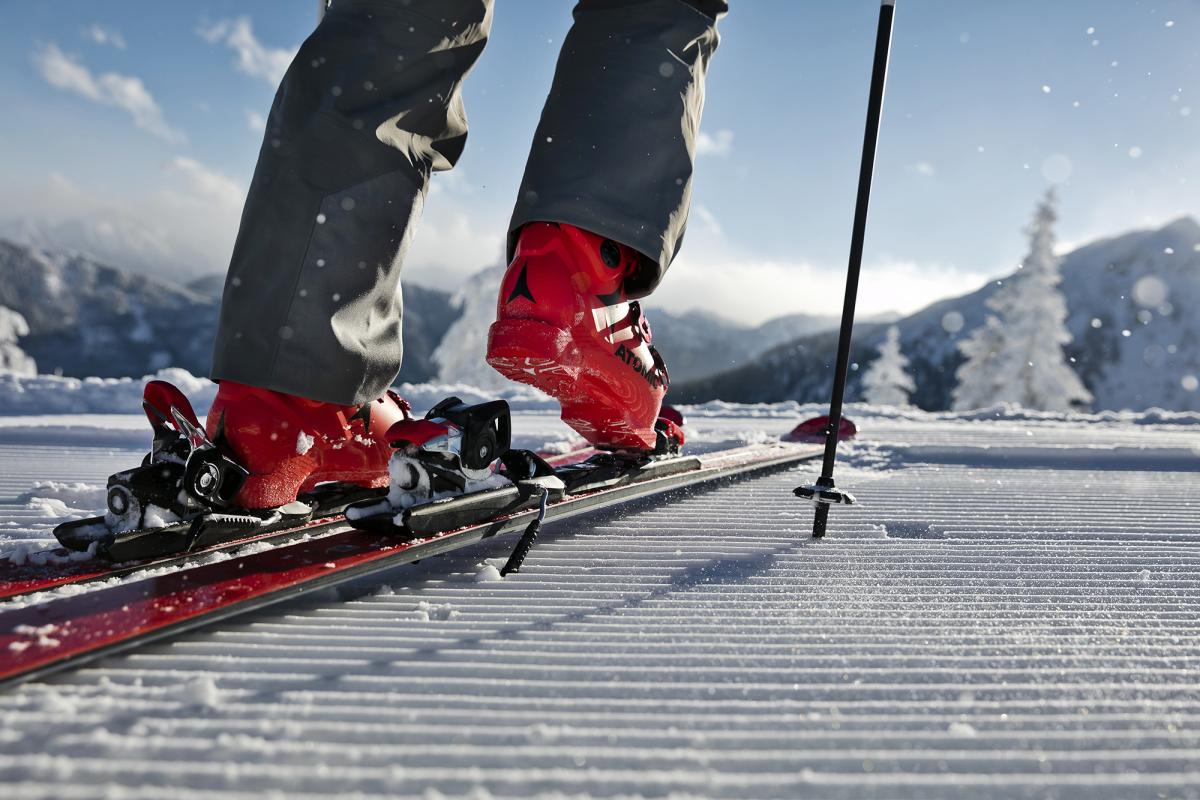
As a beginner, let’s be honest—you have no real chance of judging which ski or snowboard boot will be comfortable on the slopes. Surrounded by marketing hype, you might easily believe that you can buy practically anything that fits on your foot and then rely on a machine to heat-mold it perfectly—or have gel inserts injected—so it becomes ideal because it “fits the exact shape of your foot.” Yes, most decent ski boots today are described as heat-moldable, but don’t imagine this as some sci-fi miracle machine that forms the perfect boot shape around the hero's foot. Ski boots don’t literally reshape themselves to your foot; they only expand outward by a few millimetres. (Boots that can also be molded inward using vacuum technology—like Fischer’s high-end models—are far rarer, and even with those you shouldn’t expect miracles.)

When buying ski boots, it’s essential that they feel comfortable from the very first try—they shouldn’t pinch anywhere, nor should your foot move around inside. But the “science” really begins only after this point. How you use the boots matters enormously. A racer needs maximum efficiency for just a few minutes at a time; a hobby skier needs comfort even after a long active day. Body type, skiing style (yes, even beginners can approach the same task in very different styles), mobility, muscle tightness or looseness, past injuries still affecting movement—these all play important roles. And to make things even more complicated: different flex indexes are only meaningful within a specific product line of a specific brand. On their own, they don’t help much. Within a model family, a flex rating helps the salesperson ask the right question: “Is this boot stiff enough for you?”
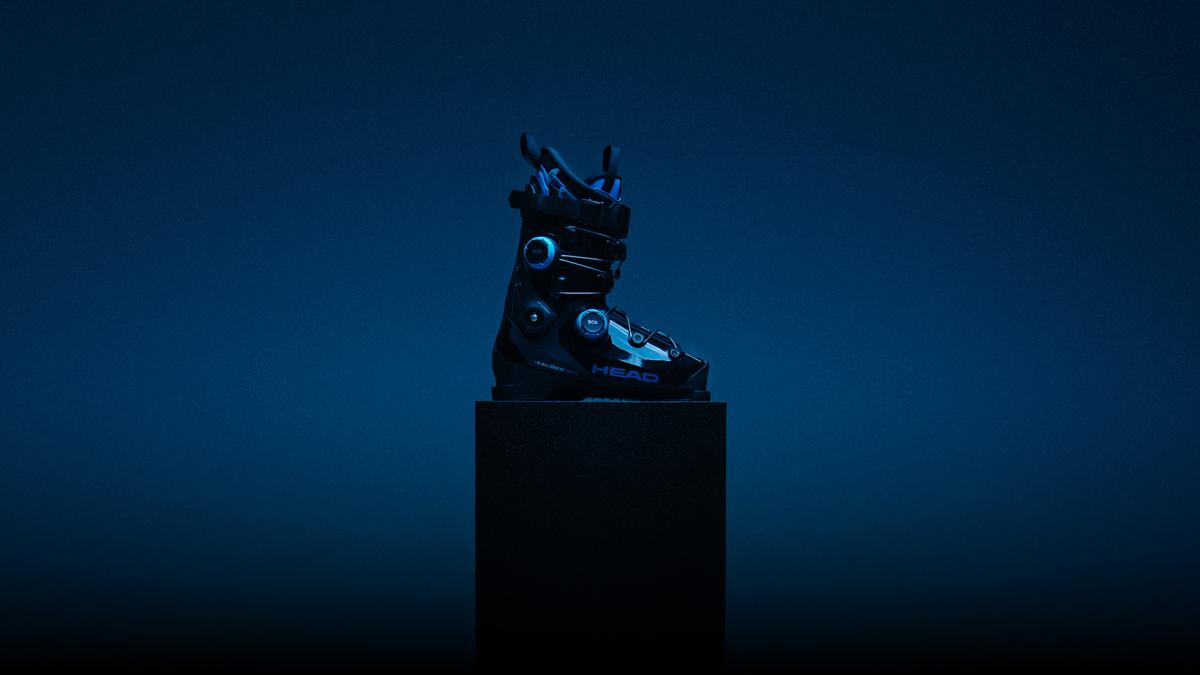
Speaking of model families and brands… At K2 Shop, you’ll find one of the widest selections in the country—unique in several ways. We don’t choose our range based on brand loyalty; instead, we offer a selection that covers as many foot types, skill levels, and skiing styles as possible. It’s important to mention that some foot types simply do not match certain brands at all—meaning that no matter how much you like a design or futuristic solution, if your foot fits a different manufacturer’s boot better, that’s the one you should choose. The golden rule: you must try several brands to find the right one, or put differently, the ski boot chooses you—not the other way around.
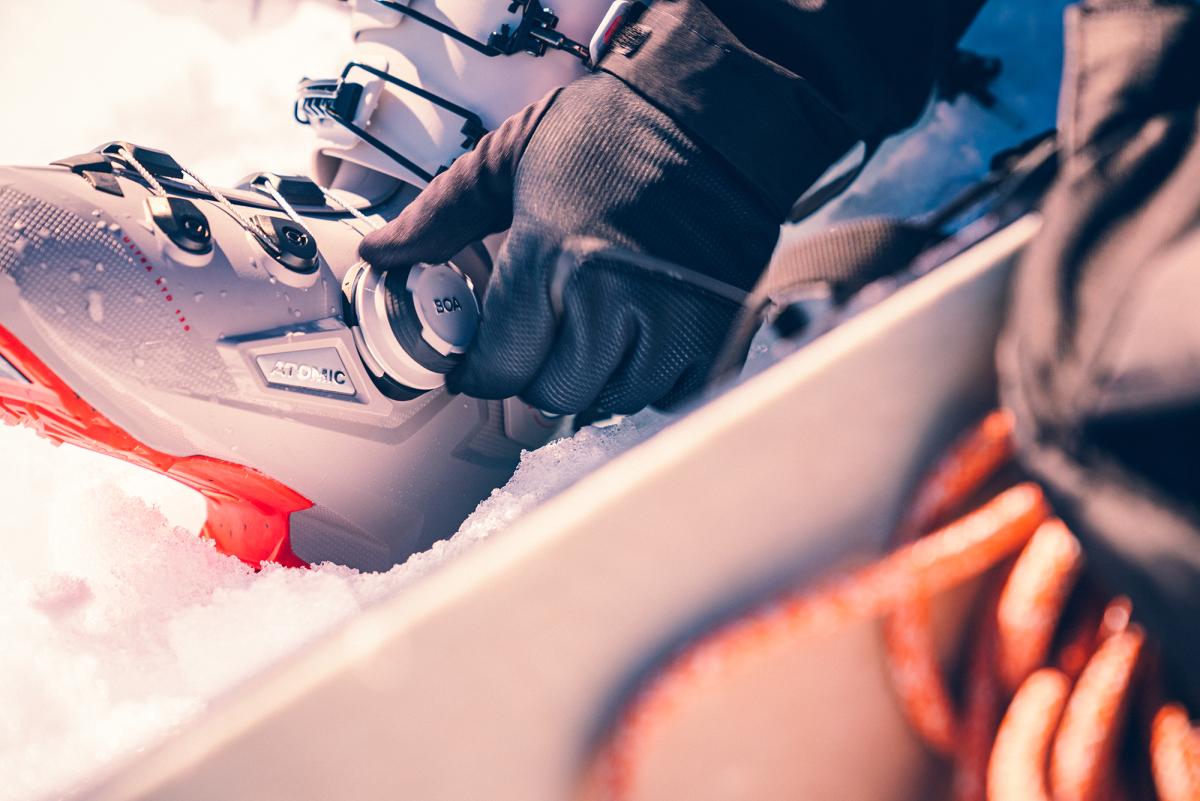
Let’s say that with the help of a knowledgeable salesperson, after the first few tries you’ve found a model that seems right. As you can imagine, this still doesn’t mean you’ve found the perfect boot just yet. Next comes the phase where you and the boot adapt to each other—and this still doesn’t begin with heating the shell, but with the liner. After a few runs, the untouched liner adapts to your foot, and you’ll discover how the shell, the liner, and your foot work together as one. At this stage, the salesperson’s experience again matters greatly: do they take earlier feedback into account, can they accurately assess which user group you belong to, and do they understand how a given boot behaves in winter temperatures compared to when you try it on indoors?
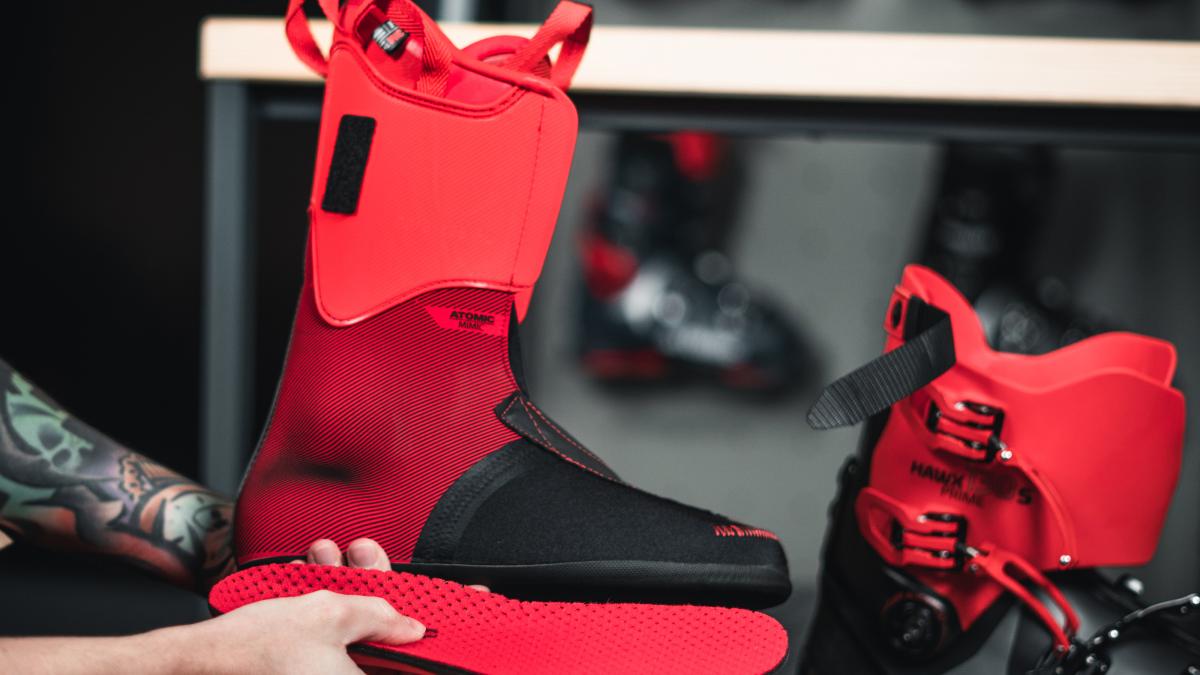
After those few initial runs, it becomes clear whether the choice was right and what further adjustments might be needed. Now the shell heating can come into play, enabling those few millimetres of outward expansion. At this point, the liner is also starting to take its final shape—very different from how it felt at purchase. It’s a material that compresses over time, especially in the early phase of its life. This is when heat molding truly makes sense. You can expand the fine-tuning with footbeds as well, but the most important rule still applies: If the boot is uncomfortable during the very first in-store try-on, forget it. It will not change enough, and no accessory can alter its fundamental characteristics to make it comfortable after a full day on the slopes.
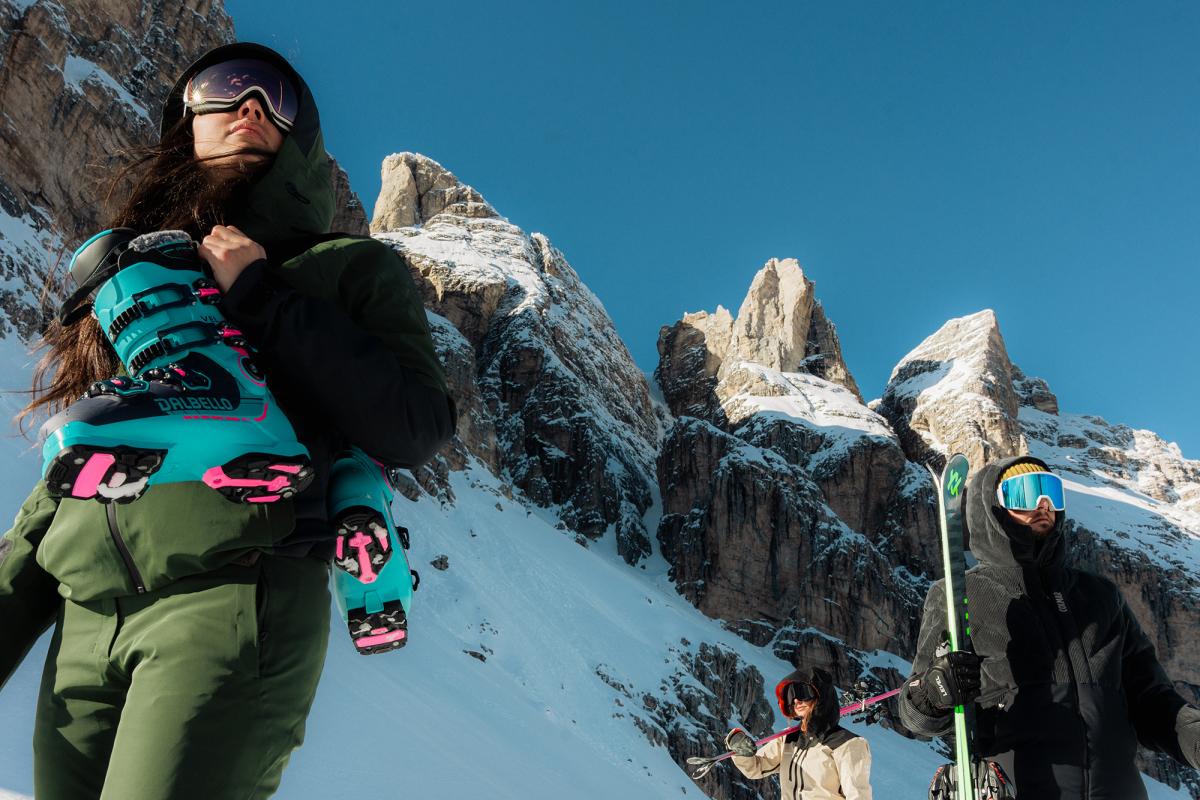
So the key message of our article is this: don’t rely on heat molding to fix the fit—find the ski boot that truly suits you. In our opinion, you won’t manage this process without expert help, which is why we don’t want to provide “recipes.” At K2 Shop, we offer six major ski boot brands (Atomic, Fischer, Salomon, Head, Rossignol, Dalbello) and three major snowboard boot brands (Burton, Nitro, Salomon). Our selection of 250 types of ski boots and 70 types of snowboard boots represents our current inventory—not leftovers from previous seasons, but a carefully curated professional lineup from which we hope to find the perfect boot for everyone. We look forward to welcoming you in person so you can experience this for yourself!
For the fitting, bring the socks you like to ski in, and wear pants whose legs can be rolled up high!

